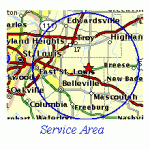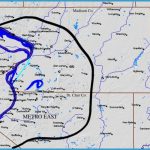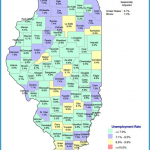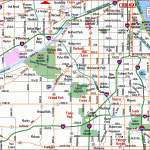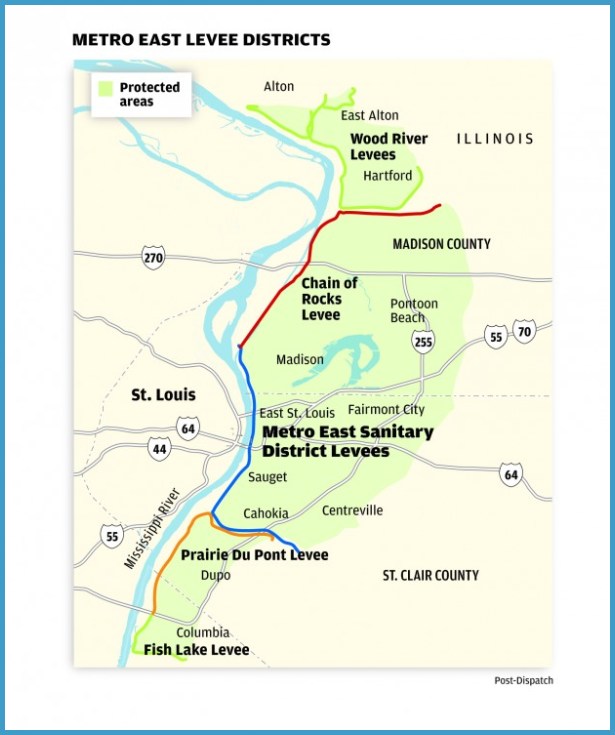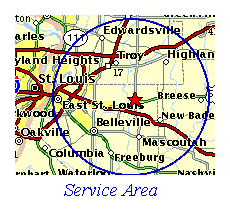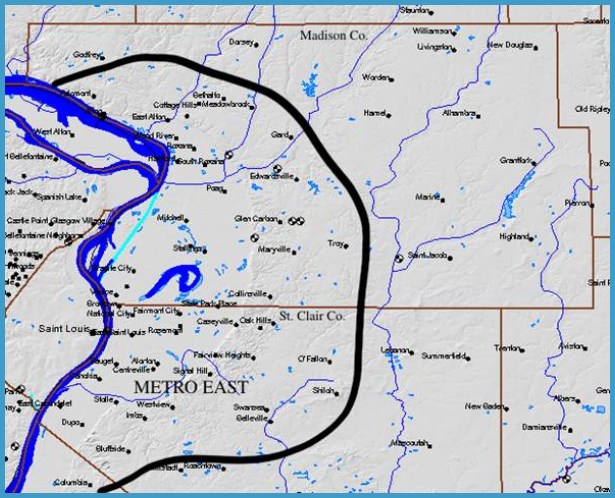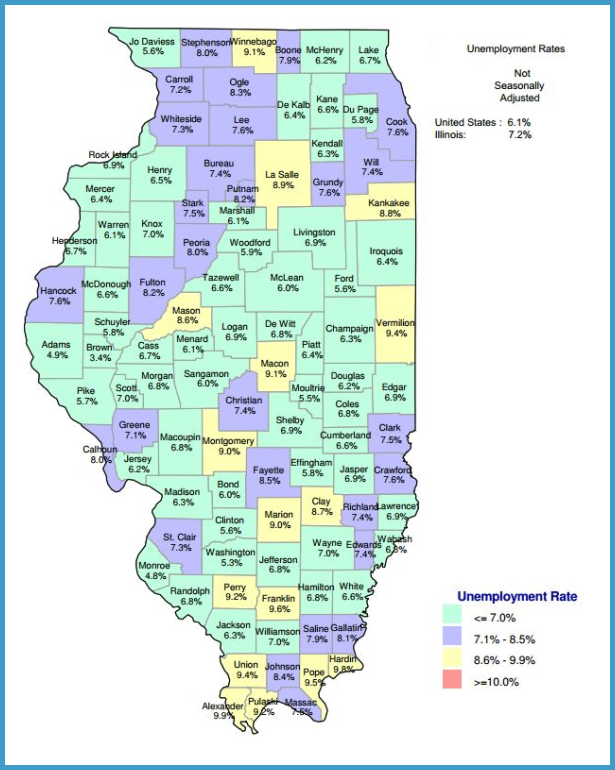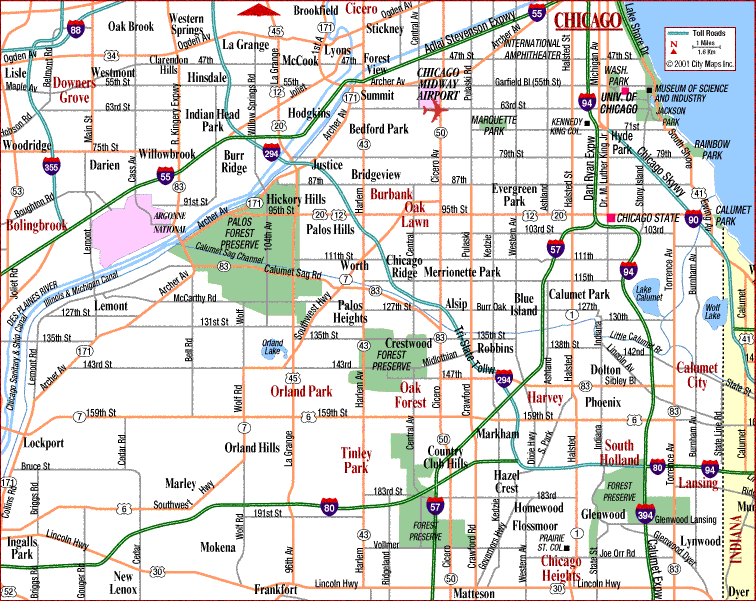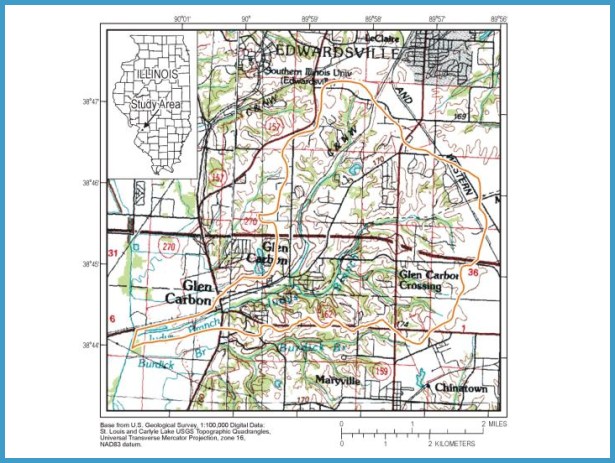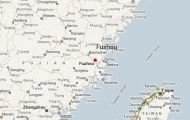The history and experiences of Latinos in Illinois is a result of the economic, social, and political needs of Illinois citizens. Illinois has the fifth-largest Latino population in the United States and the fifth-largest increase in the same population between 1990 and 2000.1 In 2000 the Census Bureau identified Mexicans as the majority of the state’s Latino population, followed by Puerto Ricans, and lastly by those categorized as Other Hispanic/Latino.
Tejanos, Cubans, Central Americans, and other Latinos have settled and played an important role in the development of Illinois. Groups of people representing less populated and well-known Latino countries have also contributed greatly to Illinois history; however, there is a dearth of information and even less recognition of such contributions.
In 2004, Latinos accounted for 14 percent of all Illinois residents. Between 1990 and 2004, the Latino population increased almost 96 percent. Latinos accounted for 63 percent of the total population growth during these 14 years.2 The largest Latino groups in Illinois are Mexicans, Puerto Ricans, and Cubans, respectively, although the Census Bureau includes Cubans as the third-largest group with those categorized as Other Hispanic/Latino.
Sixty-two percent of the state’s Latino population is Mexican and lives in Chicago. While Puerto Ricans also have a history of settling in Chicago, most (48.7 percent) call New York City their home. The growth in the Latino community is occurring primarily in the suburbs and this trend is expected to continue.
In terms of county population, Cook County has the fourth-largest Latino population in the United States, with 1.1 million. This represents 70 percent of the entire Latino population in Illinois. With 753,644 Latinos, Chicago has the third-largest U.S. city population, outdistanced only by New York and Los Angeles. Currently, almost one-third of all children in the Chicago area are of Latino origin. Nearly 40 percent of the Chicago area school students are of Latino origin.3
Many of Illinois’s Latinos live in the six-county metropolitan Chicago area, where 92 percent of the state’s Latinos are concentrated. The six counties are Kane, Cook, DuPage, Lake, McHenry, and Will. In 2000, Kane County had the largest concentration of Latinos (23.7 percent). Between 1990 and 2000 McHenry County registered the fastest Latino growth rate: 223 percent.4 At one time, Chicago was considered the most frequent port of entry into the United States. Traditional destinations from Chicago had been Cicero, Elgin, and Aurora. A trend toward outward migration from Chicago has been noted, and Naperville, Schaumburg, and Palatine are now ranking among the top 10 Illinois destinations for new migrants.5
In Cicero, there has been a rapid growth of the Latino population, which continues to grow. In the past ten years there has been a 40 percent increase in the town’s Latino population, resulting in approximately 77 percent of the community residents being identified as Latinos. This remarkable growth is due primarily to migration and higher-than-average birth rates. Such growth is expected to continue in the future. In fact, in the 30 years between 1995 and 2025 the U.S. Census Bureau estimates that the Latino population in Illinois will double. reaching an estimated 2,275,000 people. The example of the large impact of Latino growth on the suburb of Cicero serves to underscore this point.


